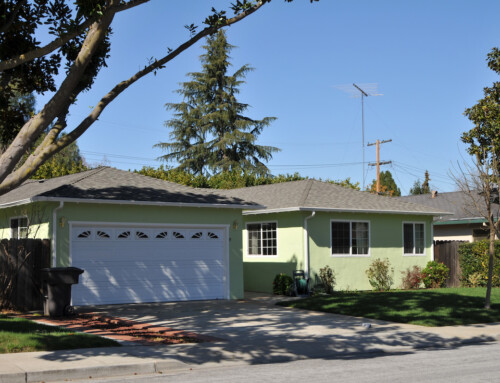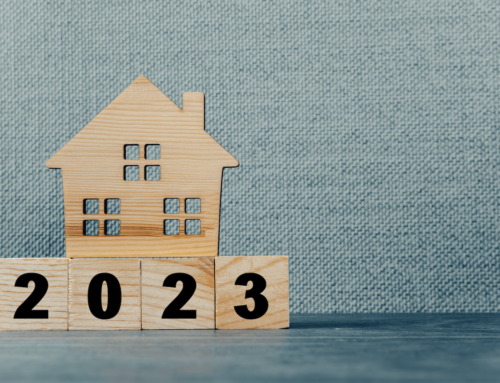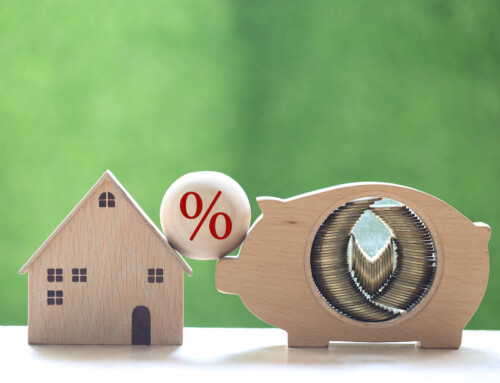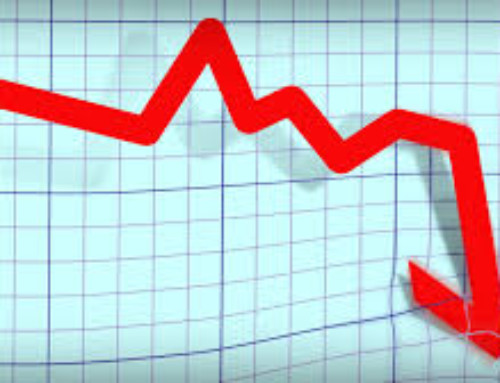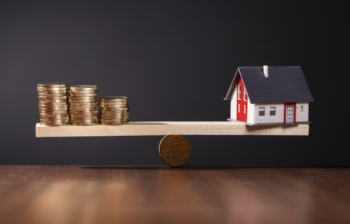 There are significant signs that the national housing market is cooling off, fueled by rising interest rates and inflation. The downturn may slow down sales and price appreciation; however, the housing market is in a much better state than it was in 2008. The health of both the residential real estate industry and the underlying mortgage can be explained by several factors.
There are significant signs that the national housing market is cooling off, fueled by rising interest rates and inflation. The downturn may slow down sales and price appreciation; however, the housing market is in a much better state than it was in 2008. The health of both the residential real estate industry and the underlying mortgage can be explained by several factors.
Loans have less risk.
According to Black Knight, a mortgage technology and data provider, mortgage borrower average FICO credit score is a record high of 751. It was 699 in 2010, shortly after the crash of 2008. In the years after, lenders have added significantly stricter lending guidelines.
Generally, most borrowers acquire a mortgage that is at a fixed rate for the entirety of the loan. Some mortgages are available with adjustable rates with a lower rate initially but can adjust after a predetermined time. This allows loans to increase or decrease in the future, affecting the borrower’s monthly payment. At present, there are 2.5 million ARM or adjustable-rate mortgages. This represents about 8% of all mortgages. In 2007 prior to the market crash, there were 13.1 million adjustable-rate mortgages, representing 36% of all mortgages.
Delinquencies have remained low throughout the pandemic. There are currently less than 3% of mortgages past due. Only 2.5% of homeowners have less than 10% equity in their home, and the number of borrowers with over 20% equity hit a record high this year. This gives a vast majority of homeowners the ability to sell their homes should they be unable to pay their mortgage. This was not the case in 2008.
The slowdown.
The federal reserves’ increase in interest rates to control inflation has caused rates to rise an additional 2% in the past six months. Currently rates are near 5.5%. This increase has decreased home buyers’ purchasing power by almost 20% in numerous price ranges. As a result of the rise in rates, many home buyers have been priced out of the market. This is a trend that will persist if rates continue to rise. Other buyers may choose smaller or lower-priced homes due to the increased cost.
The rise in interest rates and home price increases over the past several years have created a record low affordability ratio. While the inventory of homes available for sale has begun to grow, it remains well below pre-pandemic levels. The reduction in the number of home buyers combined with rising inventory of homes for sale will slow or stop price appreciation.
Locally
Prices have increased locally over the past several years; the current median home price of $550,000 is much lower than many other areas of California and the West Coast. According to the California Association of Realtors, the June statewide median home price was $863,790
Aside from the attraction of our stunning scenery, the charm of our small towns, lack of traffic and congestion and crime, the Owens Valley communities have another significant advantage to bolster its real estate market. With only 1.7% privately owned land, most of which is already developed, our availability of homes is quite limited. Demand for the Eastern Sierra remains high and growing, as the ability of many people to work remotely continues to be a way of life. Supply and demand will always be critical components of home prices. Demand outpaces supply in the Owens Valley.
For additional real estate articles and local real estate market statistics, please visit www.bishoprealestate.com.
Jake Rasmuson is a 1999 graduate of Bishop Union High School, and has a Master’s of Science Real Estate degree from the University of San Diego. He is the Broker at Bishop Real Estate Rasmuson & Associates.

